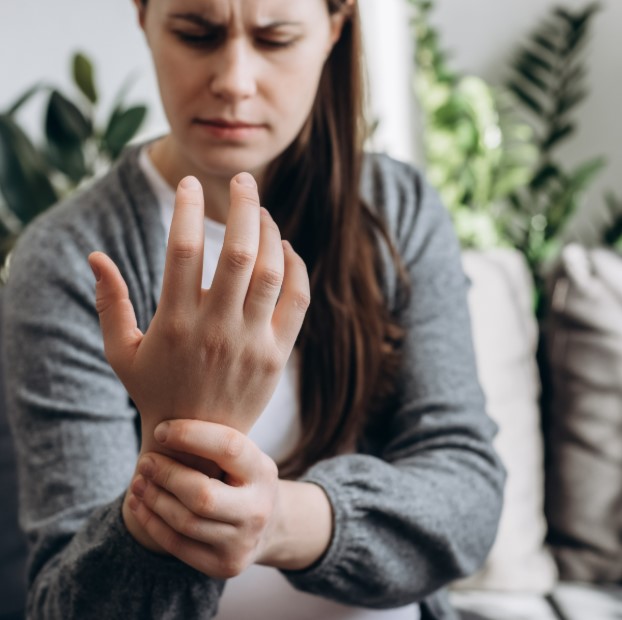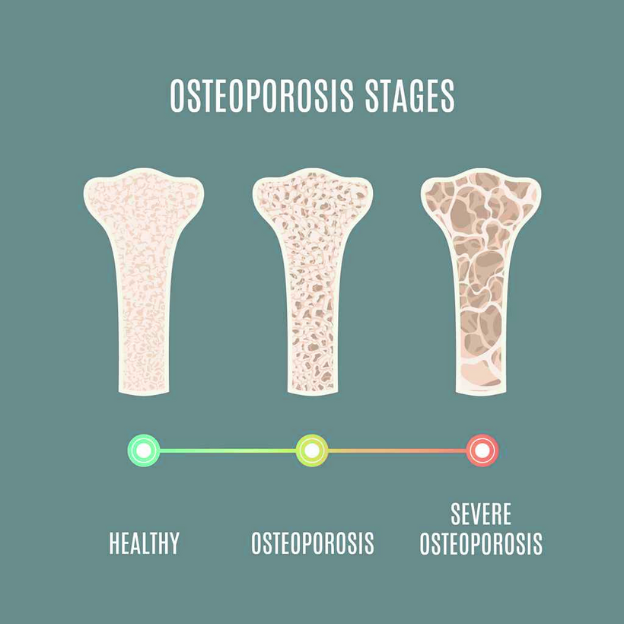
by swphysioad | Sep 15, 2025 | Uncategorized
Carpal Tunnel Syndrome (CTS) is a condition caused by compression of the median nerve, which is a nerve that runs from the forearm to the palm of your hand. This nerve can become compressed during pregnancy due to hormonal changes, fluid retention and weight gain....

by swphysioad | Jul 31, 2025 | Uncategorized
Osteoporosis is a condition where bones lose their strength – decreasing bone mass and becoming more brittle, which increases the risk of fracture. It often develops gradually over time, and it’s sometimes referred to as a “silent disease”...

by swphysioad | Jun 24, 2025 | Uncategorized
Did you know we run birth preparation classes right here in our clinic in conjunction with theBorn Ready course? If you’re looking for a course that goes beyond the basics—something that gives you real insight,confidence, and control—Born Ready might be exactly...

by swphysioad | May 23, 2025 | Uncategorized
How does weight gain effect incontinence and prolapse? A person with Body Mass Index (BMI) of 26 or above can have higher intra-abdominal pressure inside the abdomen and pelvic organs (such as the bladder, uterus and bowel are stretched). This increased pressure in...

by swphysioad | Apr 26, 2025 | Uncategorized
There are 3 stages of labour for a vaginal delivery: The First Stage: This is when uterine contractions begin and your cervix starts to dilate. The first stage is broken down into 3 phases: The Latent phase: Cervix opens from 0-3cm Contractions are short and...







